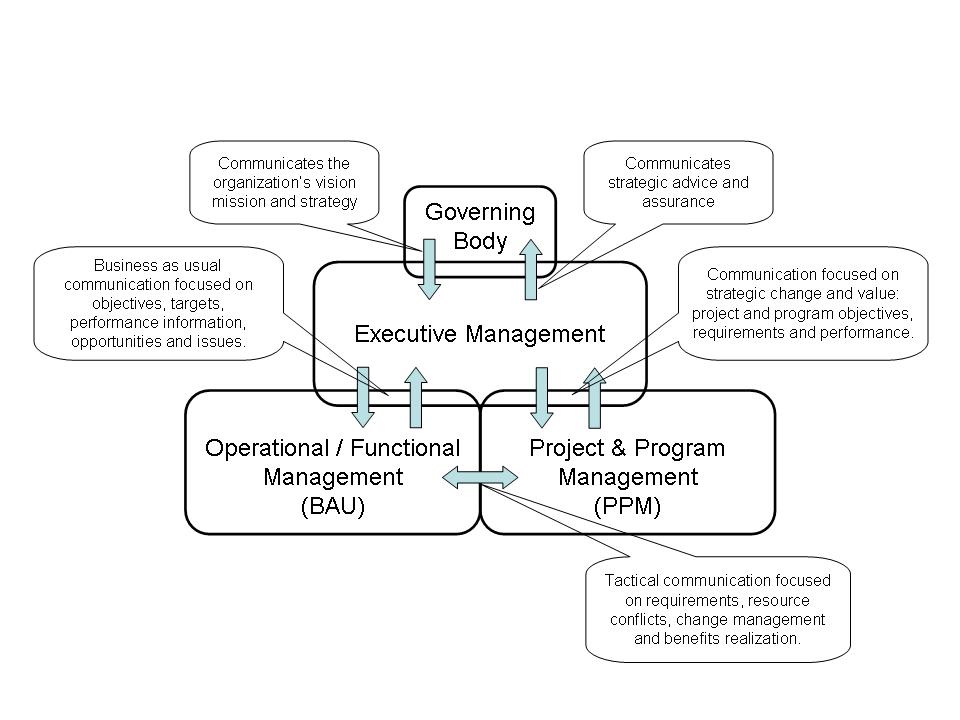Targeted communication for effective stakeholder engagement
Just as each project is unique, so is each of its stakeholders! Whether as individuals, groups or organisations, every stakeholder, and every stakeholder community has a unique and evolving set of cultures, expectations and perceptions.
To effectively engage with—and influence—this diverse community, the traditional approach to project communications of regular reports and other ‘one size fits all’ strategies need to be replaced by a structured methodology that considers the complexities of the people you need to work with and the information that is of interest to them.
Effectively managing the constantly changing group of people whose support and involvement are essential to project success needs a robust methodology supported by adequate resources to be effective. It’s too late to worry about better stakeholder engagement after the project has failed.
I’ve previously discussed the relationship between stakeholder perceptions and project success and the three types of stakeholder communication. Project relations and ‘reports’ cover off the needs of most of the stakeholders who are not critical at this time, with minimum effort. I’d now like to focus on the ‘directed communication’ needed to change the attitude or behaviour of the small group of critical stakeholders who need to be doing something differently to support the successful delivery of your project.
Each directed communication is focused on one stakeholder to achieve a desired change in their attitude, behaviour, or both. Maybe a functional manager needs to stop obstructing your project and actively support the loan of some key resources for critical work.
The first step in this process is defining precisely what you need from the stakeholder. You also need to prioritise these communications so you focus most of your effort on the most important changes you need at this time.
The next step is to describe and understand the elements of the stakeholder’s uniqueness; national, professional and generational culture traits; as well as gender, personality and ‘their reality’. This information feeds into the next stage of planning the communication.
Once you know what you want and understand the best approaches to use to engage the person, you need to plan the communication strategy by designing carefully targeted information exchange strategies for achieving this. This can range from casual coffee meetings to formal presentations using a range of different media and messengers. Some stakeholders you can approach directly, others need to be influenced through your network of contacts. Any organisational currency you or your team have accrued can be highly beneficial, but needs to be spent carefully.
Then you have to implement the plan and communicate!
The final step in the process is to assess the effectiveness of the communication and adjust the plan as necessary to ensure that the stakeholder becomes appropriately engaged in supporting the project’s objectives.
The keys to effective stakeholder engagement are the strength of the relationship you have in place and mutuality: both your project and the stakeholder need to benefit from the engagement.
This process may sound like hard work (and it is) but it is far better to invest in effective stakeholder engagement and as a consequence access the support and resources needed to make you project successful, than to underinvest and fail because you do not have to the support and resources needed for success. You only ever get one chance to make a project successful!


